Introduction
Smart glass, also known as switchable glass or intelligent glass, is an innovative technology that has gained popularity in recent years. It offers the ability to control the transparency of glass with the use of electricity. While smart glass brings several advantages to various industries and applications, it is important to understand its limitations and potential disadvantages. In this blog, we will explore the disadvantages of smart glass and shed light on the challenges associated with this technology.
Definition of Smart Glass
Smart glass refers to a type of glass that can change its light transmission properties, including transparency and opacity, when subjected to an electrical voltage. This technology allows users to control the amount of light, heat, and glare passing through the glass, offering privacy and energy efficiency benefits.
Overview of Smart Glass Technology
Smart glass technology utilises innovative materials and techniques to achieve its unique properties. It typically involves the integration of liquid crystal, suspended particle, or electrochromic materials into glass panels. These materials react to electrical signals, altering their alignment and changing the transparency of the glass.
Importance and Benefits of Smart Glass
Before delving into the disadvantages, it’s crucial to acknowledge the significance and advantages of smart glass. This technology has revolutionised multiple industries, including architecture, automotive, aviation, and healthcare. Some key benefits of smart glass include:
- Energy efficiency and reduced HVAC costs
- Enhanced privacy control
- Dynamic aesthetics and design possibilities
- UV and heat protection
- Noise reduction
- Natural light optimisation
Despite these benefits, smart glass is not without its drawbacks. It is essential to consider these disadvantages to make informed decisions regarding its usage and implementation.
Disadvantage 1: High Cost
The cost of smart glass is another drawback that often hinders widespread adoption. Smart glass technology is relatively expensive compared to conventional glass solutions. The manufacturing process, specialised materials, and the integration of electrical components contribute to the high cost, making it less accessible for budget-conscious projects.
Disadvantage 2: Maintenance and Repairs
Smart glass systems require regular maintenance and may involve complex repairs. The electrical components and control systems integrated into the glass panels need professional attention for troubleshooting and fixing any malfunctions. This adds to the overall cost and effort associated with smart glass installations.
Disadvantage 3: Energy Consumption
While smart glass can contribute to energy efficiency by reducing the need for artificial lighting and HVAC systems, it is important to note that the technology itself consumes electrical energy. The continuous operation of the electrical signals necessary for transparency adjustments can add to the overall energy consumption of a building or structure.
Disadvantage 4: Transition Speed
The transition speed of smart glass can be a disadvantage in certain scenarios. Some smart glass technologies may have slower transition times, which could be inconvenient for situations where immediate privacy or light control is required. Delays in transitioning can impact user experience and practicality.
Disadvantage 5: Glare and Reflection
Smart glass, particularly when in the transparent state, can create glare and reflections. These reflections can be distracting, affecting visibility and making it difficult to use devices with screens. It is crucial to consider the placement and orientation of smart glass to minimize potential glare and reflection issues.
Disadvantage 6: Limited Style Options
Compared to traditional glass, smart glass often has limited style options. The integration of electrical components and materials can restrict the variety of shapes, sizes, and thicknesses available. This limitation may not align with specific design requirements, posing challenges for architects and designers.
Disadvantage 7: Reliance on Technology
Smart glass heavily relies on technology, which can be a disadvantage in case of power outages or system failures. In such situations, smart glass may become non-functional, potentially compromising privacy, visual comfort, and thermal control. Backup systems or alternative solutions should be considered to mitigate these risks.
Disadvantage 8: Accessibility Concerns
Smart glass may present accessibility concerns for individuals with disabilities or impairments. The reliance on electrical controls for transparency adjustments might pose challenges for those who are unable to operate the technology independently. Ensuring inclusive design practices and considering alternative accessibility measures is important.
Disadvantage 9: Compatibility Issues
Integrating smart glass technology into existing buildings or systems can sometimes present compatibility challenges. Retrofitting smart glass solutions might require modifications to the infrastructure, control systems, and power supply. These adaptations can add complexity and cost to the implementation process.
Disadvantage 10: Durability Challenges
Smart glass faces durability challenges compared to traditional glass. The integration of electrical components and materials may affect the long-term performance and lifespan of the glass panels. Factors such as humidity, temperature fluctuations, and mechanical stress can impact the reliability and durability of smart glass.
Disadvantage 11: Limited Market Availability
Although smart glass technology has gained popularity in recent years, it may still have limited market availability in certain regions. Access to specialised suppliers, manufacturers, and installers might be restricted, making it challenging for businesses and individuals to acquire and implement smart glass solutions.
In conclusion, smart glass is a remarkable technology with significant advantages, but it also has its fair share of disadvantages. Understanding these limitations is crucial for making informed decisions regarding the usage and implementation of smart glass in various applications. The limited privacy, high cost, maintenance requirements, energy consumption, and other challenges associated with smart glass should be carefully considered in the planning and design stages of projects.
With advancements in technology and further research, many of these disadvantages can potentially be addressed, leading to improved smart glass solutions in the future. However, for now, it is important to weigh the pros and cons to determine the suitability of smart glass for specific needs and requirements.
Who We Are
Tecdur is the leading manufacturer of smart glass for the UK and Ireland. Tecdur Switchable Glass provides the best clarity, lowest power consumption and lowest haze currently available. We can offer a wide range of specifications to meet project requirements with our switchable glass, cost is dependent on specification, application and design. Please get in contact with us to discuss further.
Please visit our portfolio for a look at completed projects. Keep up to date on our LinkedIn Showcase page
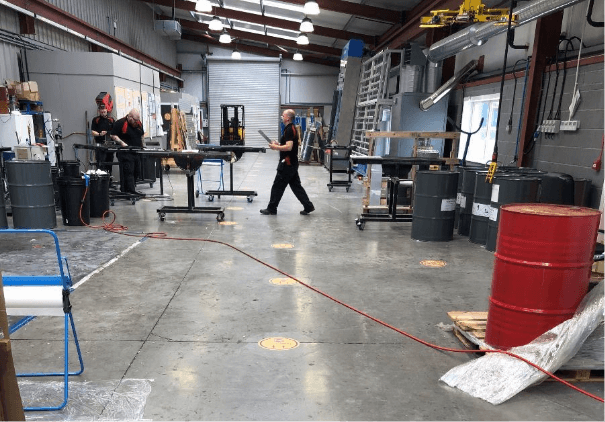
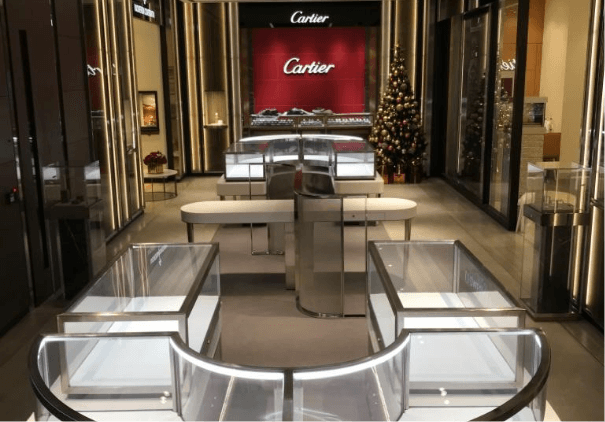
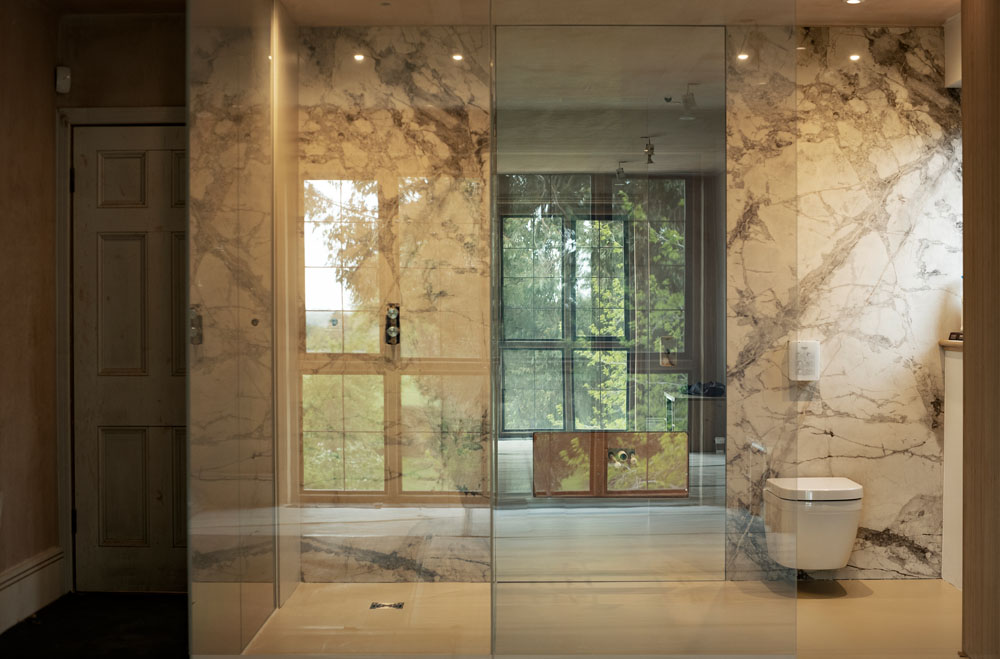
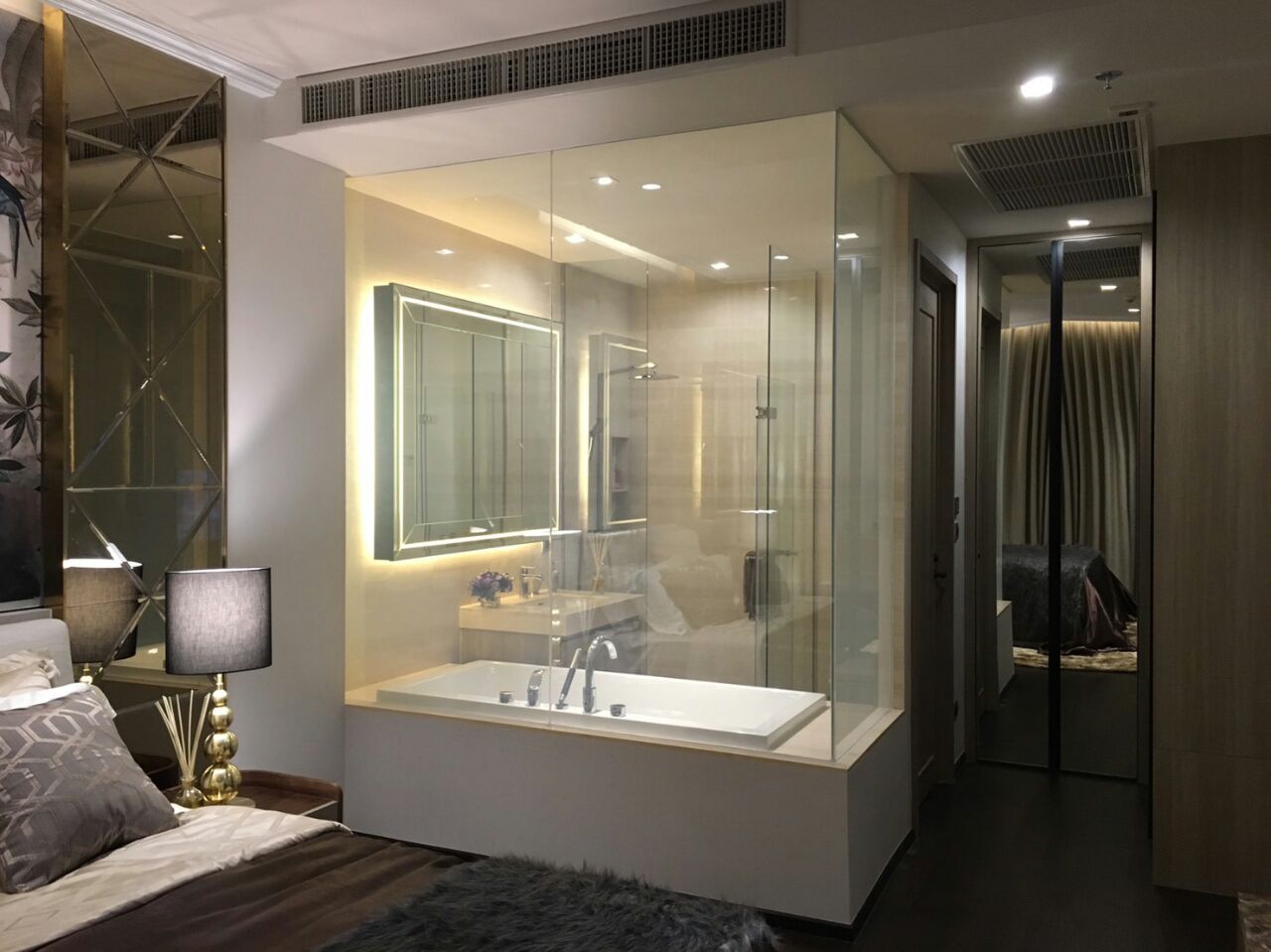
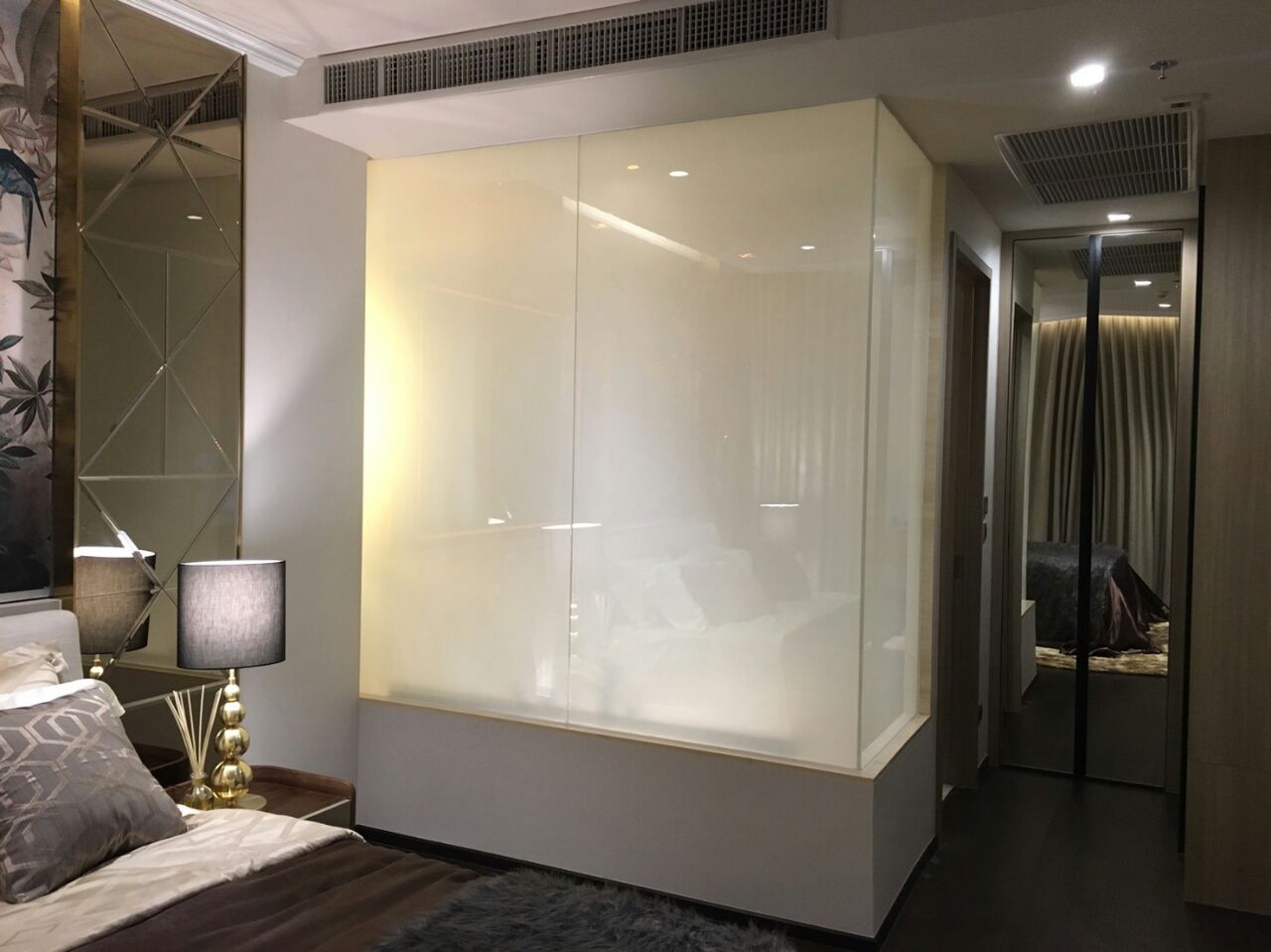
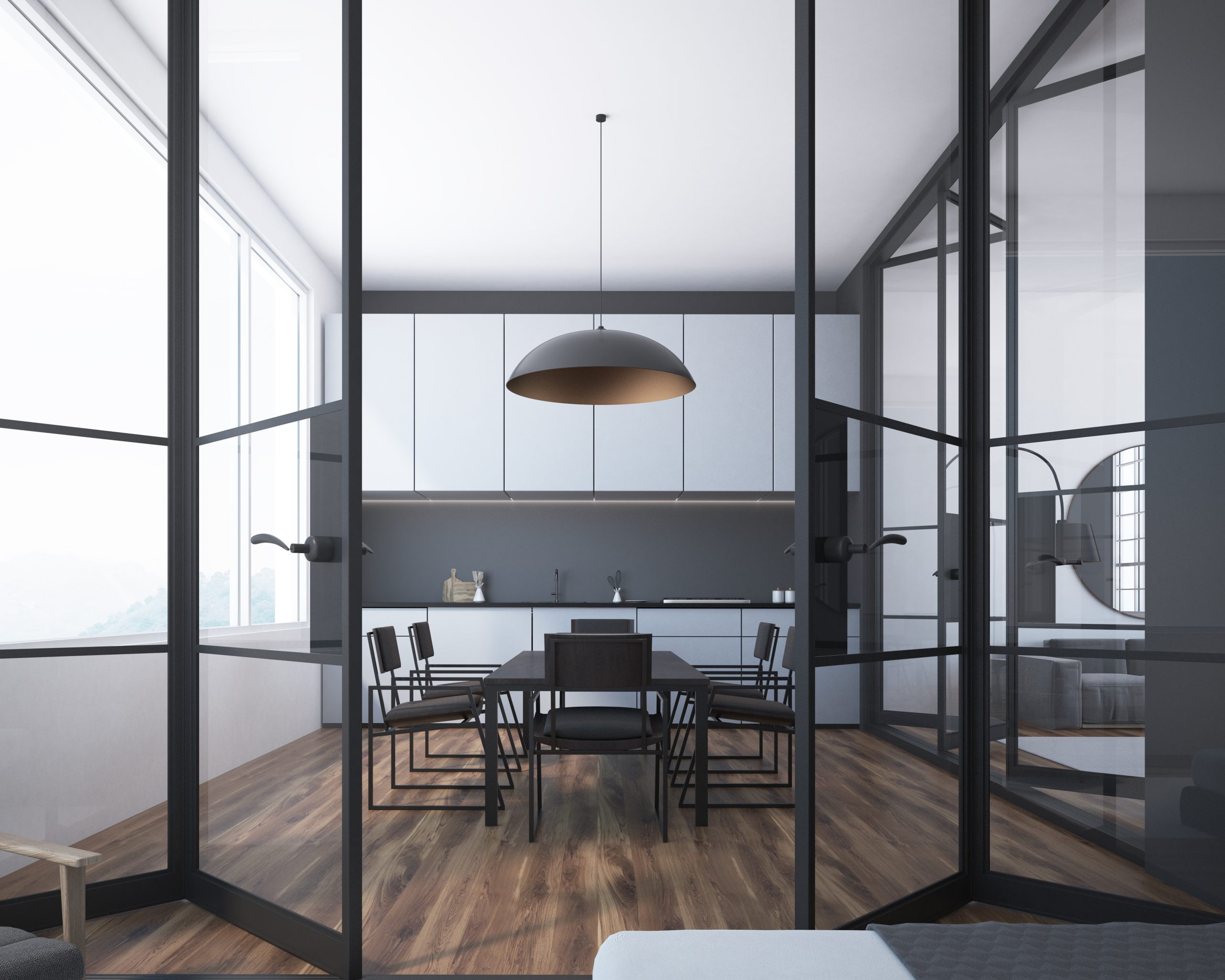
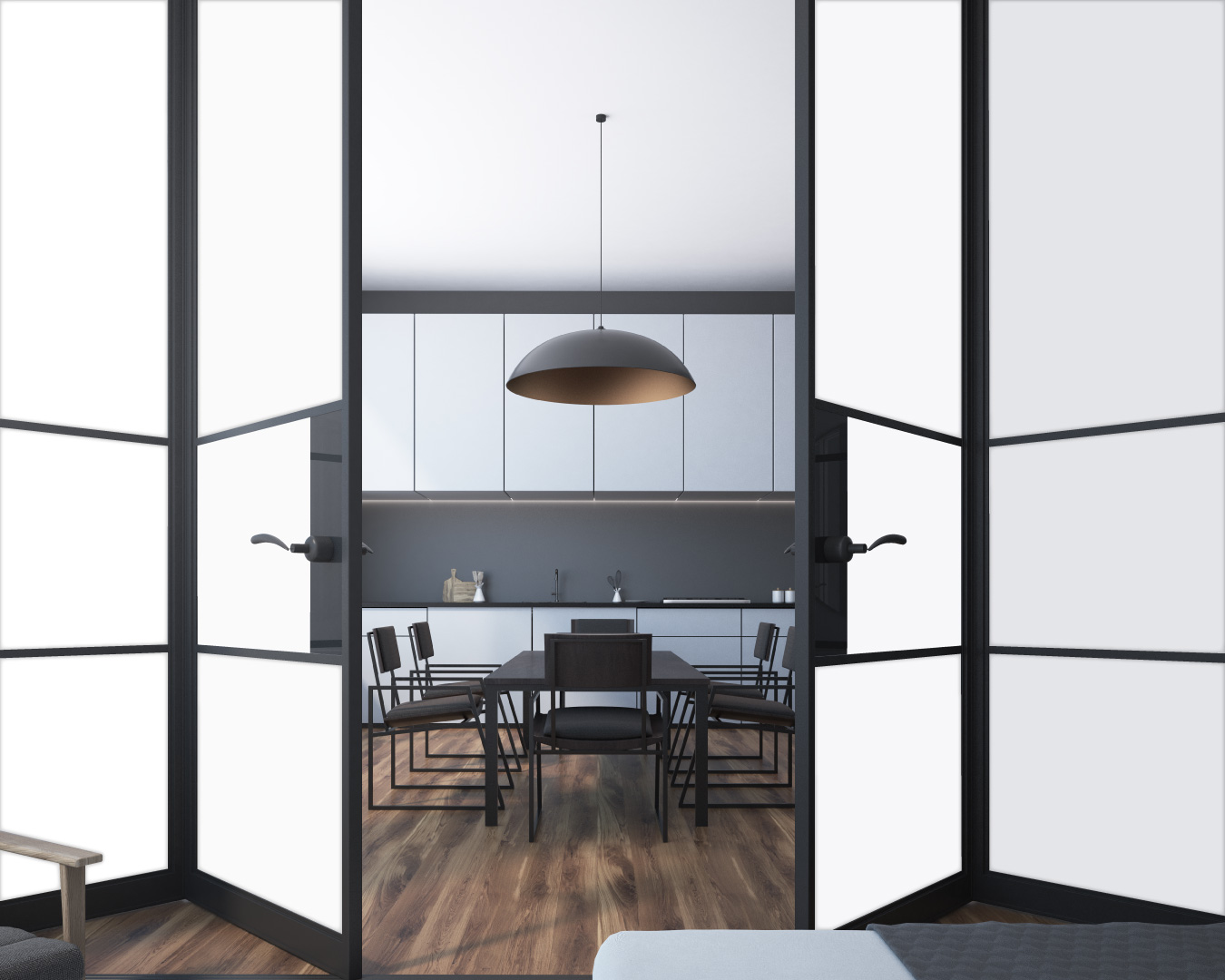
Frequently asked Questions
Our privacy glass works by utilising advanced PDLC (Polymer Dispersed Liquid Crystal) film. When an electrical current is applied, the liquid crystal molecules align, allowing light to pass through, making the glass transparent. When the current is switched off, the molecules mis-align, causing the glass to turn opaque or translucent, providing privacy.
Smart glass can achieve high opacity, but in certain lighting conditions or from specific angles, some visibility might still be present.
Retrofitting smart glass solutions may require modifications to infrastructure, control systems, and power supply, which can add complexity and cost to the process.
Yes, alternatives such as window blinds, curtains, or decorative films can provide privacy control without the need for electrical components.
Yes, smart glass can be used in outdoor applications, but it should be carefully selected to ensure durability and weather resistance.
Smart glass technology has safety considerations related to electrical components and potential security risks. It is important to follow appropriate safety protocols and implement robust security measures.




